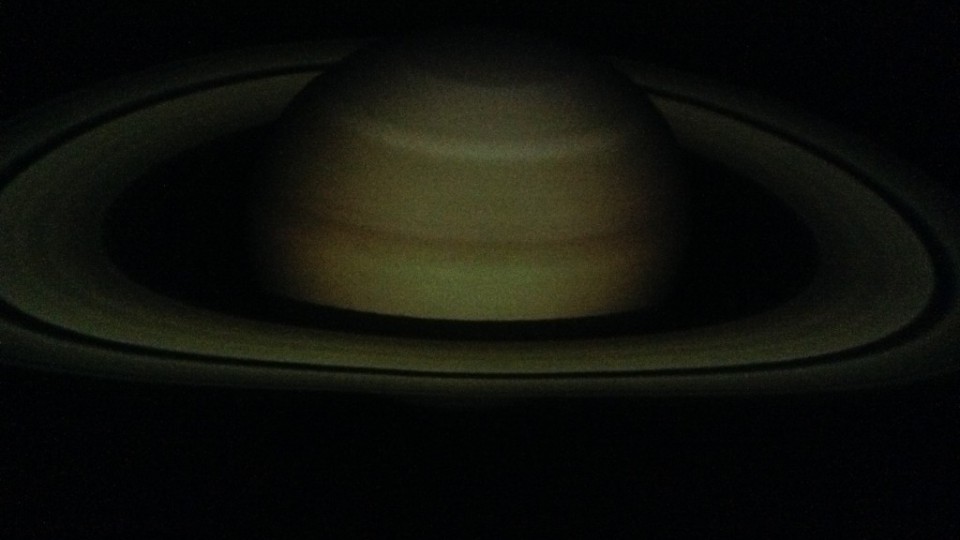Day 2 – ConocoPhillips Science Experience
By Jade:
We started the second day of the ConocoPhillips Science Experience with a lecture by Professor Mariella Herberstein. Mariella is the Head of Department of Biological Sciences and leads the Behavioural Ecology Research group at Macquarie University. Her lecture focused on spider behaviour and evolution as well as briefly mentioning a variety of Australasian invertebrate species from mantises to assassin bugs to harlequin bugs to grasshoppers.
We then ventured through the university to the indigenous science activity where we made a stone axe. We hand-sharpened stones to make an axe head, bent plants around the stone for a handle and finally made string from fibres and collected sap from trees to attach all the pieces.
Later in the day, we proceeded to the astronomy activity where we took a tour of the Milky Way Galaxy inside a blowup planetarium. We looked at all the planets, their moons, supernovas, merging galaxies, constellations and nebulas. (Photo of Saturn taken inside planetarium)
After lunch, we headed to a laboratory where a variety of chemistry experiments had been set up for us. In the first experiment we made slime by combining poly (vinal alcohol) with a sodium borate solution and food colouring. We then rotated to an experiment, which demonstrated how chemical reactions either release or absorb heat from their surroundings. Another experiment was making a continuous nylon thread from the interface of two liquids. Our two group leaders then demonstrated how to make elephant toothpaste by combining hydrogen peroxide, detergent, food colouring and saturated potassium iodine to make an unbelievably large mess of foam. My favourite activity in the laboratory was the “dry ice fountain” where we investigated the pH of a solution. We began by filling a measuring cylinder 3/4 full of NaOH (sodium hydroxide). We added universal indicator to the solution to discover its pH level, which turned out to be neutral. We then added approx. 15 pellets of dry ice and a thick white fog started spilling out of the cylinder. When the reaction stopped, the solution had become a lighter green and was therefore more acidic. We then added Hydrochloric acid and the solution turned a bright pink from the acidity.
After a quick meal we headed into the main building where we were given our instructions, criteria and questions for an amazing race. In teams, we all madly ran around the university in the 37° heat (which was the coolest of the three days) looking for answers to our provided questions. Along with answering the scientific questions, we were also expected to collect items, take pictures of various items hidden in different places around the university and take pictures of our team members doing different things.


Comments
Comments are closed.